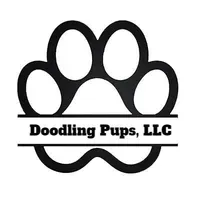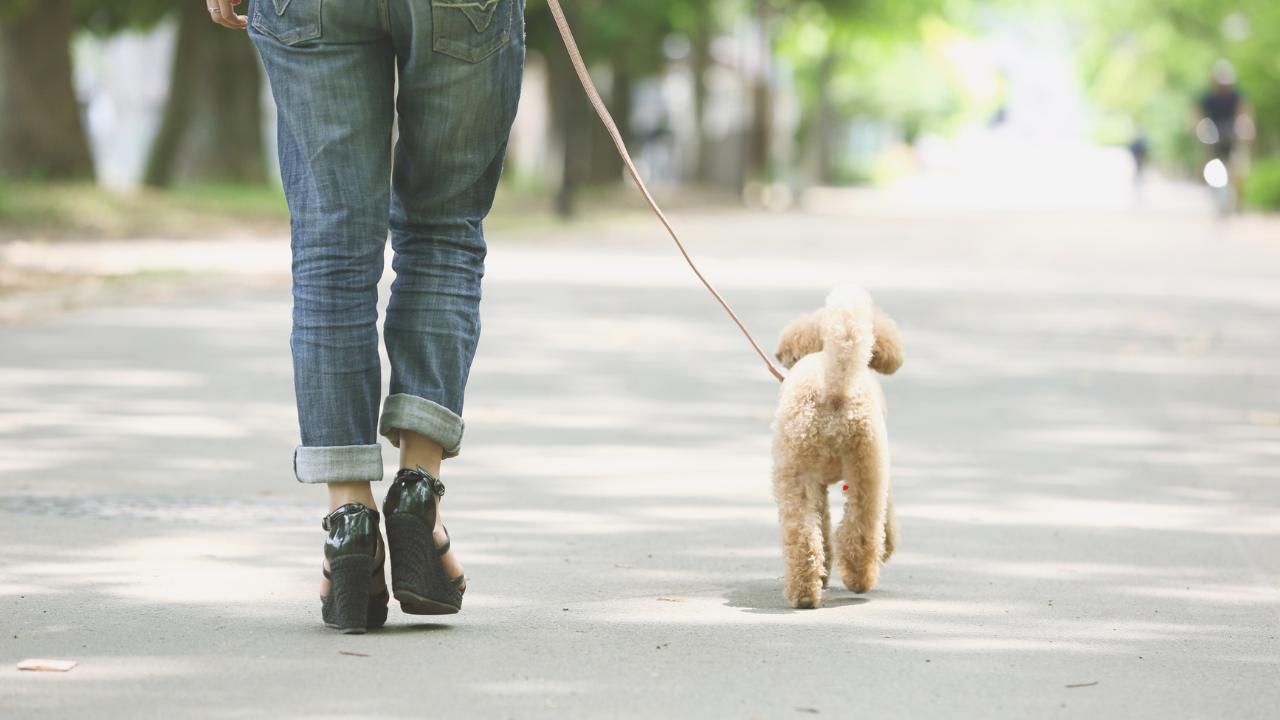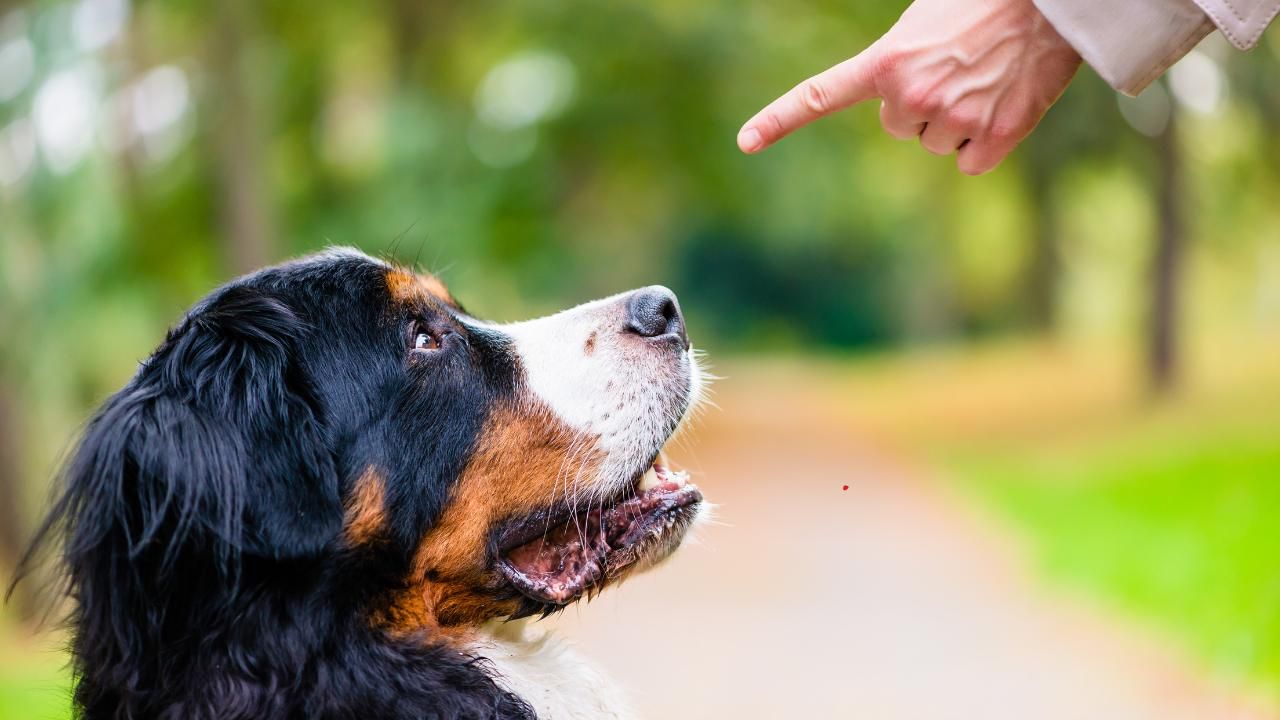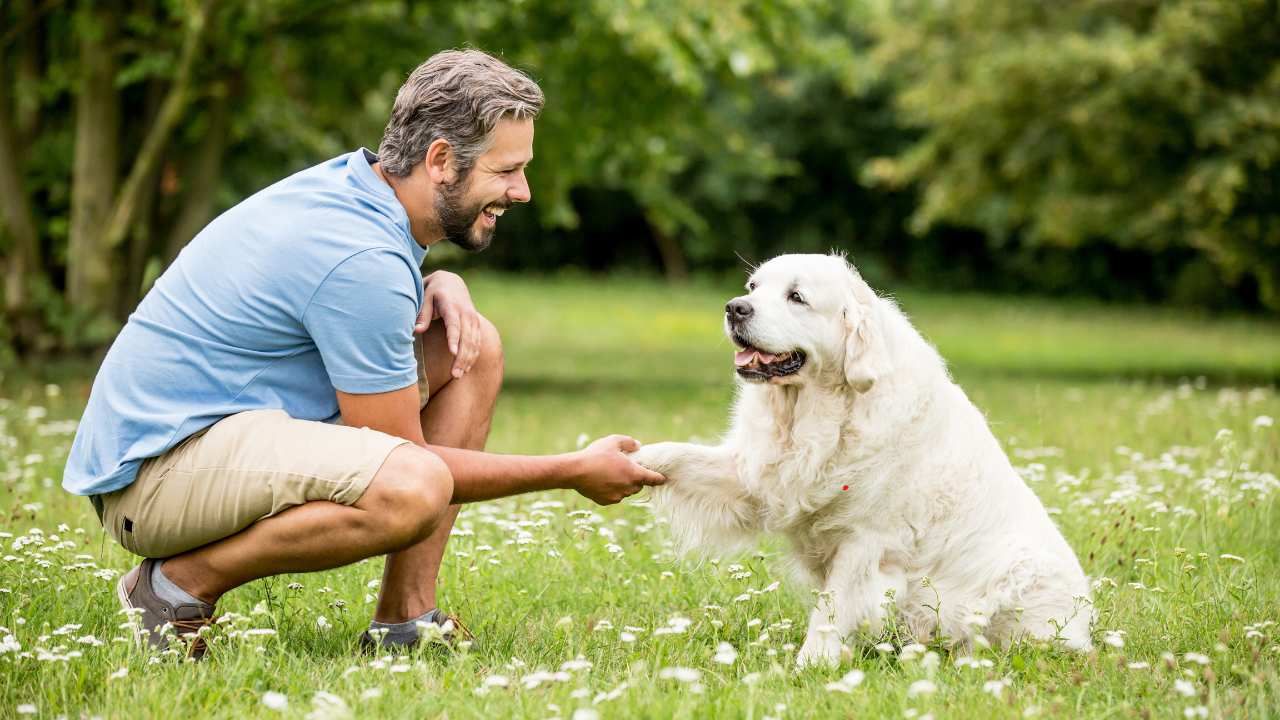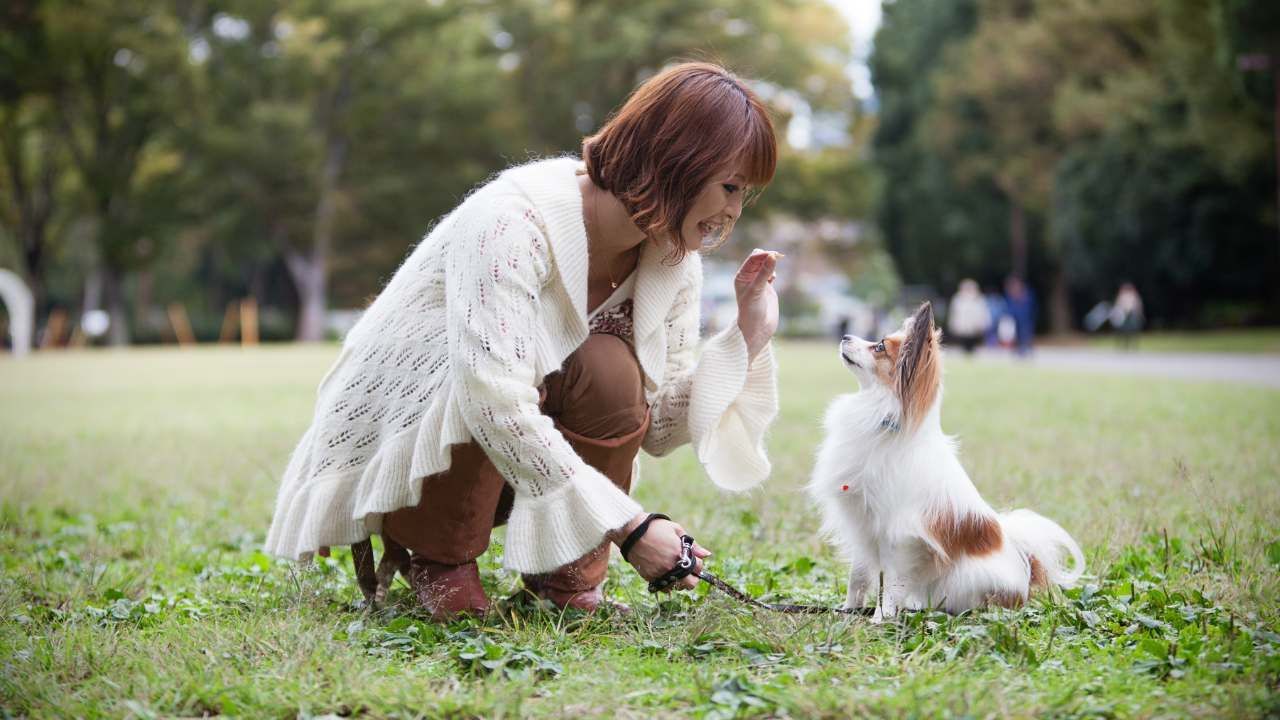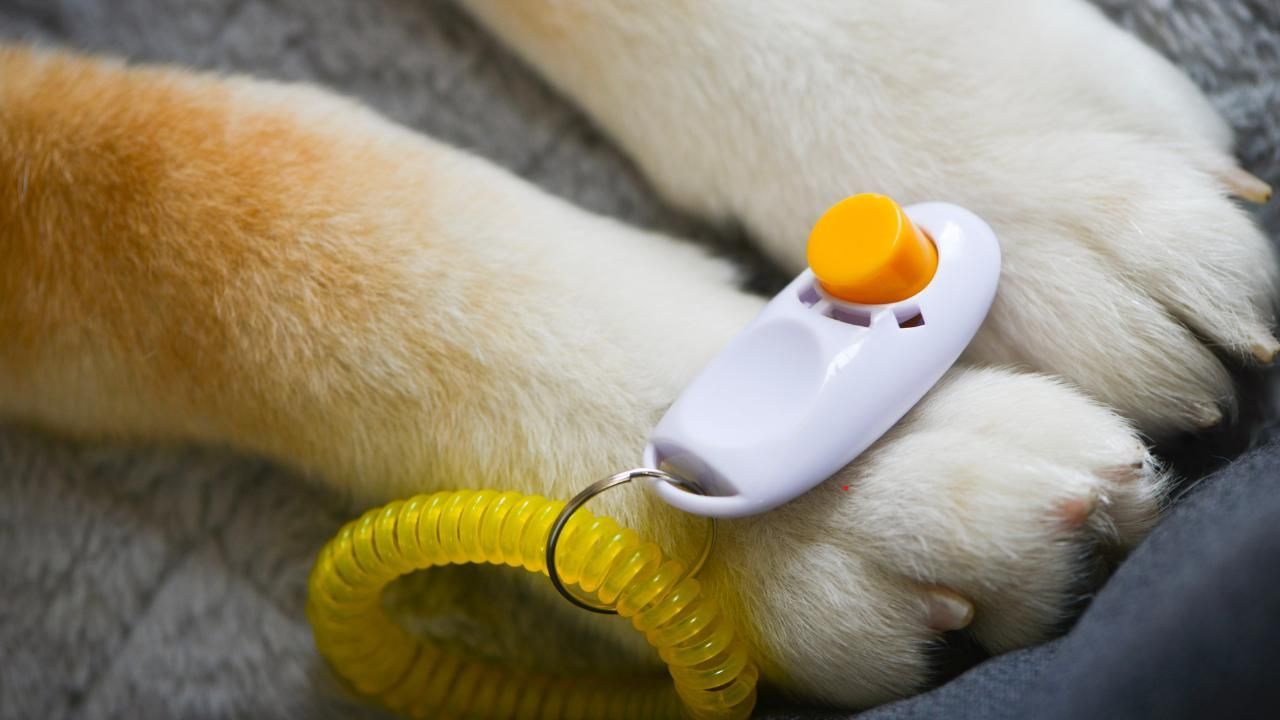Whelping 101: What to Expect When Your Dog is Having Puppies

There’s nothing quite like the excitement—and anxiety—of waiting for your dog to give birth. Whether it’s your first time or you’ve helped a dog through labor before, whelping (the term for canine birthing) always comes with its own surprises. Being informed and prepared can make all the difference for your dog and her future pups.
In this post, you’ll learn what signs to watch for, how to support your dog through labor, and what to expect once those tiny paws hit the ground.
Signs That Labor is Near
Dogs usually carry their puppies for about 63 days, though it can vary slightly. In the final week of pregnancy, you’ll likely notice some changes in behavior and physical signs:
- Nesting behavior: Your dog may begin digging or arranging blankets in quiet corners.
- Drop in temperature: A normal dog’s temperature is around 101–102.5°F. When it drops below 100°F, labor may begin within 24 hours.
- Loss of appetite: She may stop eating a day before whelping.
- Restlessness and panting: As contractions start, she may pace, tremble, or breathe heavily.
Keep a close eye on her, especially during the last few days. Now’s the time to prepare her whelping area—a clean, quiet, and cozy space where she feels safe.
The Three Stages of Canine Labor
Just like in humans, dogs go through stages of labor. Knowing what’s normal helps you stay calm and know when to call the vet.
Stage 1: Preparation (6–12 hours)
This stage is all about getting the body ready. You’ll notice panting, nesting, and signs of discomfort. No pushing yet, but contractions have started internally.
Stage 2: Delivery of Puppies
Each puppy should arrive within 30–60 minutes of active pushing. There’s often 10–30 minutes between births. Your dog might take a break in between, but if over two hours pass without progress, call your vet immediately.
Stage 3: Delivery of the Placenta
Each puppy is followed by its own placenta. Count them to make sure none are retained—this can cause infection.
Don’t be surprised if your dog eats the placentas or licks the puppies vigorously; it’s natural and helps stimulate breathing and bonding.
Post-Birth Care
Once all the puppies have arrived, give mom time to settle. Offer her food, water, and gentle encouragement. Keep the room warm (around 85°F) for the first few days. Puppies can’t regulate their body temperature yet, so warmth is critical.
Watch for signs of distress in the mother:
- Foul-smelling discharge
- Fever or shaking
- Refusing to nurse
- Signs of pain or discomfort
The puppies should be nursing regularly and gaining weight. If any of them seem weak or aren’t latching, consult a vet right away.
A Short Case Study: Bella’s First Litter
When a goldendoodle named Bella went into labor with her first litter, her family had already prepped a quiet bedroom with soft bedding and heat lamps. Labor began at 2 a.m., and by 7:30, she had delivered seven healthy puppies—each spaced about 20 minutes apart. The family kept a journal of the time and order of birth and made sure each pup nursed within the first hour. With help from their vet (who was just a text away), Bella had a smooth and stress-free whelping experience.
Preparing for Their Future
Once the puppies grow and thrive, finding them loving homes becomes the next adventure. Reputable breeders like Doodling Pups, LLC prioritize the health and wellbeing of both mother and puppies. They help new pet owners understand what it means to raise a happy, healthy pup. If you’re searching for poodle puppies for sale in Arizona, you’ll want to work with breeders who conduct temperament testing, early socialization, and vet checks.
Ready to welcome a pup into your life? Start with a puppy application to ensure the right fit for both the family and the dog.
